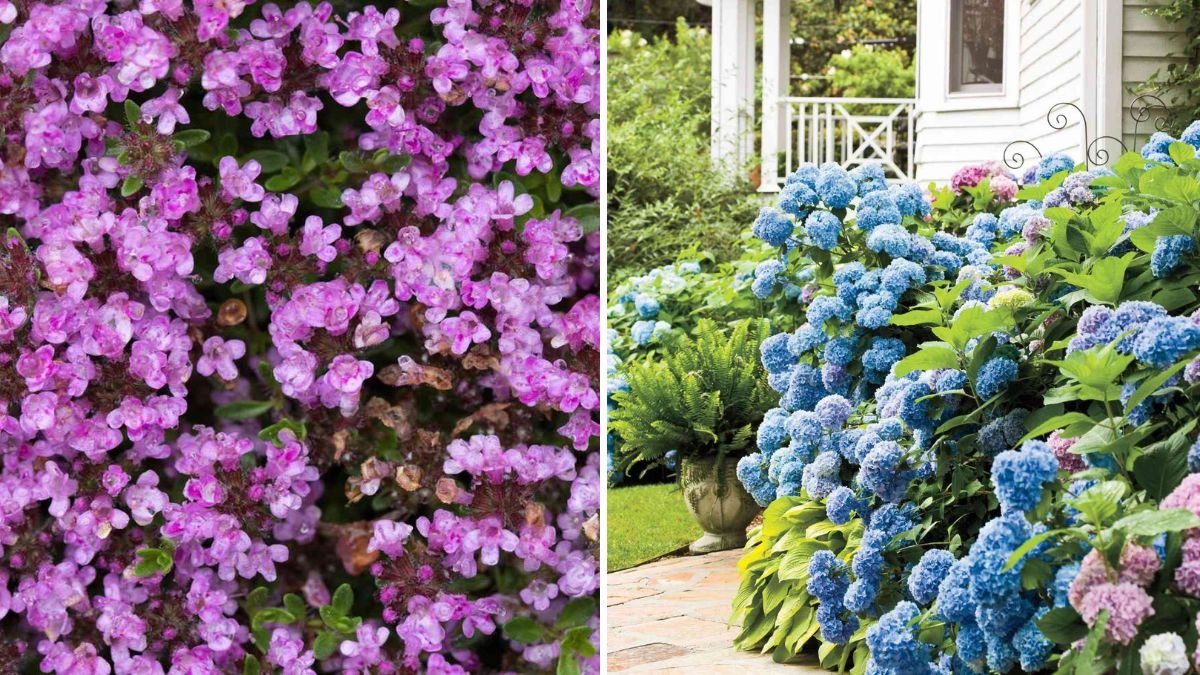Lavender (Lavandula spp.) is a beloved perennial herb prized for its fragrance, vibrant purple flowers, and drought-tolerant nature. It’s often used in garden borders, rock gardens, and herb gardens for both its beauty and utility. However, lavender is not compatible with all plants, particularly those that require different soil conditions or moisture levels. Planting the wrong neighbors can lead to poor growth, disease, or even plant death.
Understanding which plants to avoid planting near lavender ensures healthy growth, abundant blooms, and a thriving garden ecosystem. This article explores seven plants you should never grow next to lavender, why they conflict, and tips for creating a harmonious garden.
1. Ferns
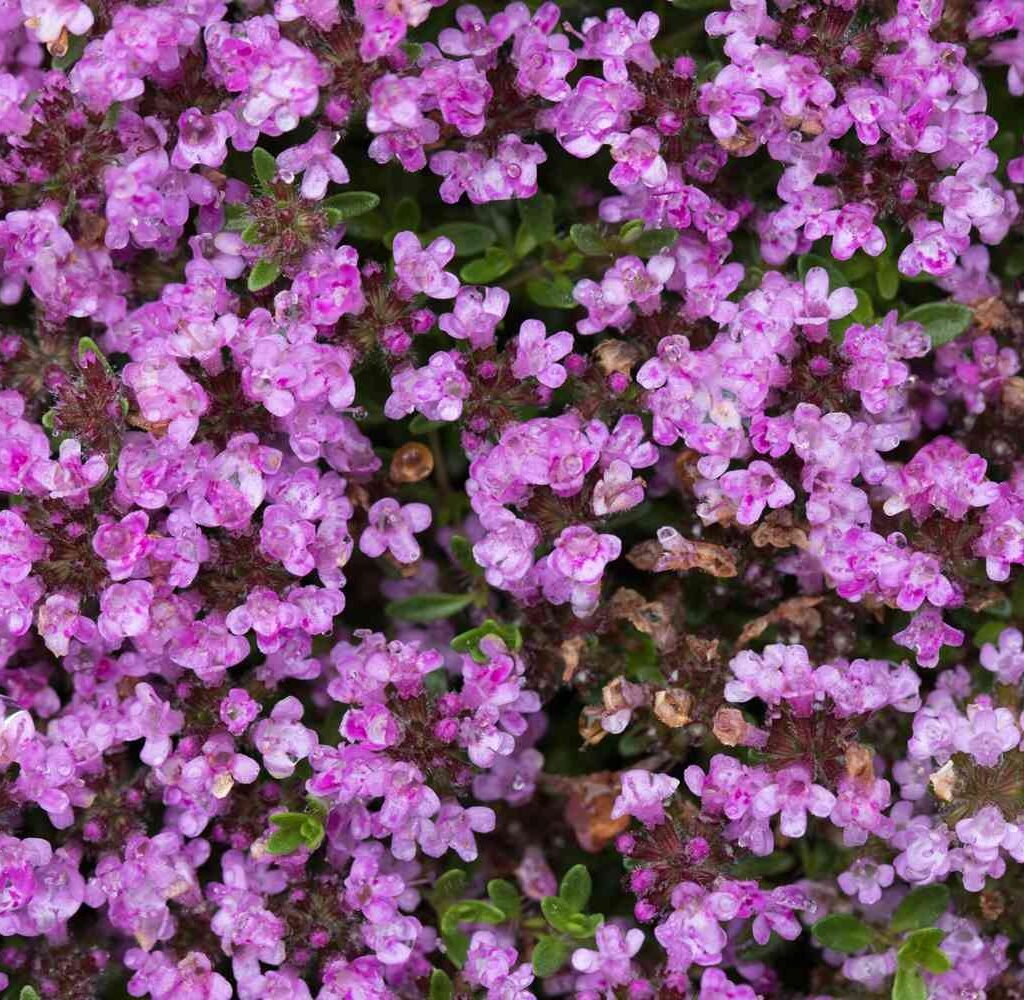
Why They Don’t Mix
Ferns thrive in moist, shaded, and humus-rich soils, while lavender prefers full sun, well-draining, and slightly alkaline soils. The differences in moisture and soil requirements make them poor companions.
Effects of Planting Together
- Lavender may suffer root rot if watered excessively to accommodate ferns.
- Ferns may become stressed in dry, sun-exposed conditions.
- Both plants fail to reach their full potential.
Best Practice
- Plant ferns in shaded, moisture-retentive areas away from lavender.
- Create separate microclimates in your garden for contrasting species.
2. Hostas
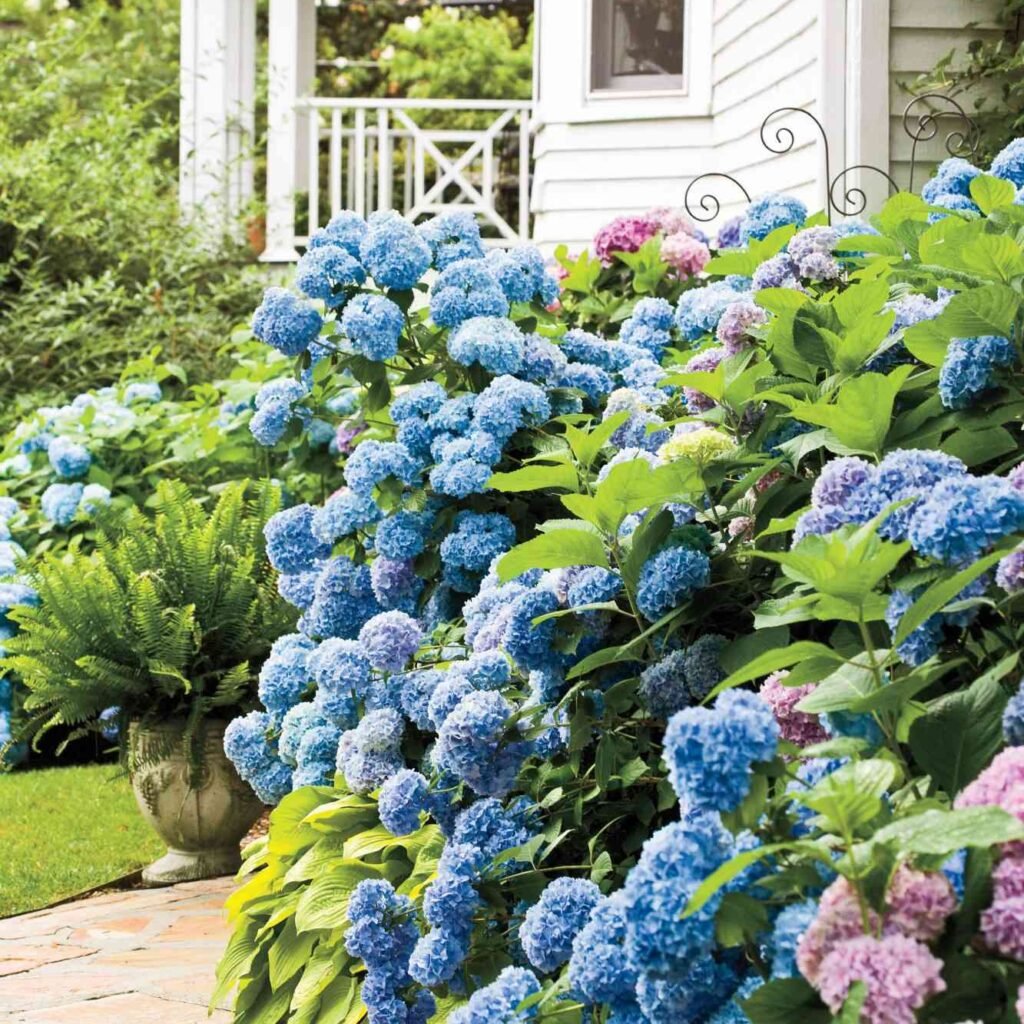
Why They Don’t Mix
Hostas are shade-loving, moisture-loving perennials. They require rich, consistently damp soil, which is the opposite of lavender’s preference for dry, well-drained conditions.
Effects of Planting Together
- Hostas may wilt or develop fungal issues due to dry soil.
- Lavender roots can become waterlogged if watering is increased for hostas.
- Both plants experience poor growth and reduced ornamental value.
Best Practice
- Place hostas in shady borders with ample moisture.
- Avoid planting near drought-tolerant Mediterranean herbs.
3. Hydrangeas
Why They Don’t Mix
Hydrangeas are water-loving shrubs that flourish in acidic, moisture-rich soil. Lavender, on the other hand, thrives in alkaline, fast-draining soil.
Effects of Planting Together
- Lavender may struggle or die in consistently moist conditions.
- Hydrangeas may not flower well if soil is too dry.
- Soil amendments to suit one plant often harm the other.
Best Practice
- Plant hydrangeas in beds with rich, moist soil and partial shade.
- Keep lavender in sunny, well-drained locations.
4. Hostile Soil Companions (Azaleas and Rhododendrons)
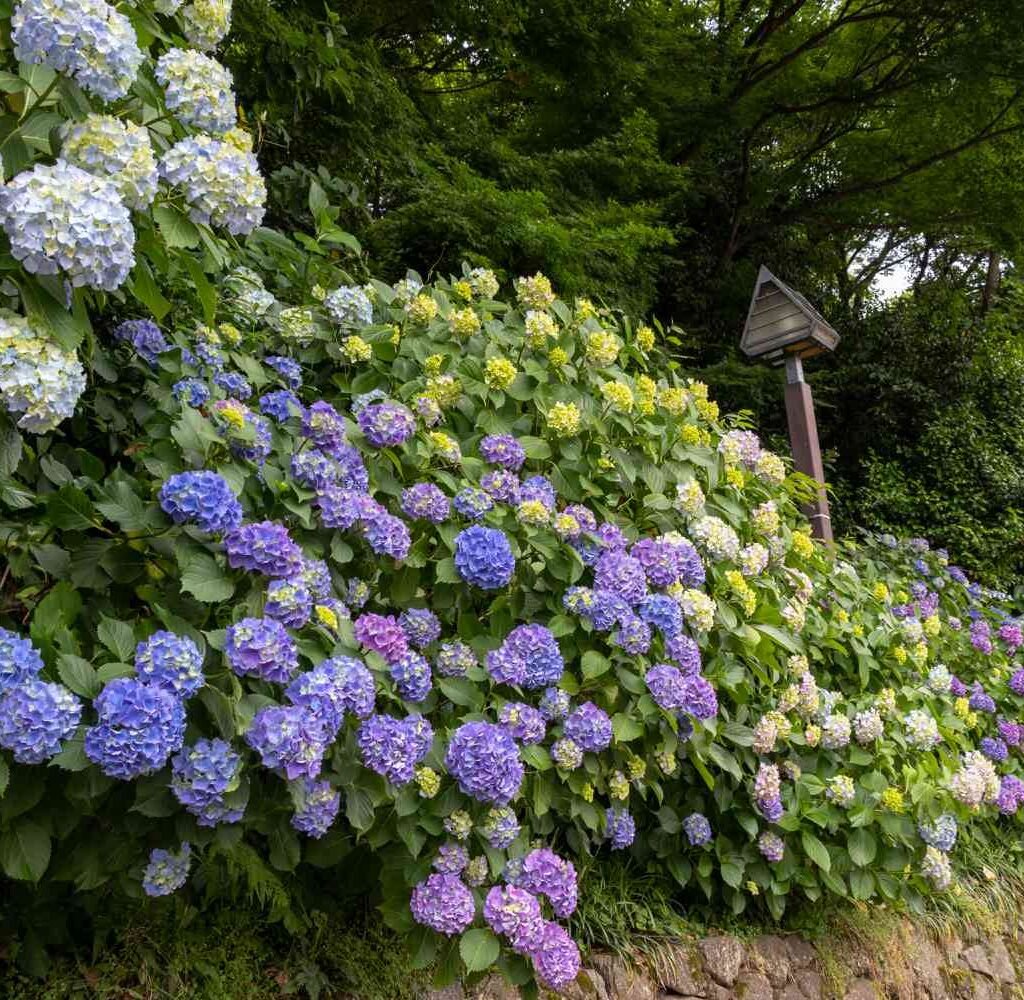
Why They Don’t Mix
Azaleas and rhododendrons are acid-loving plants, needing soil with low pH. Lavender prefers alkaline to neutral soil, creating a direct conflict in nutrient availability.
Effects of Planting Together
- Lavender may suffer nutrient deficiencies.
- Acid-loving plants may display yellowing leaves and poor growth.
- Soil pH adjustments for one plant can harm the other.
Best Practice
- Maintain separate soil zones in your garden.
- Avoid planting acid-loving shrubs near Mediterranean herbs.
5. Vegetable Crops Requiring Moist Soil (e.g., Lettuce, Spinach)
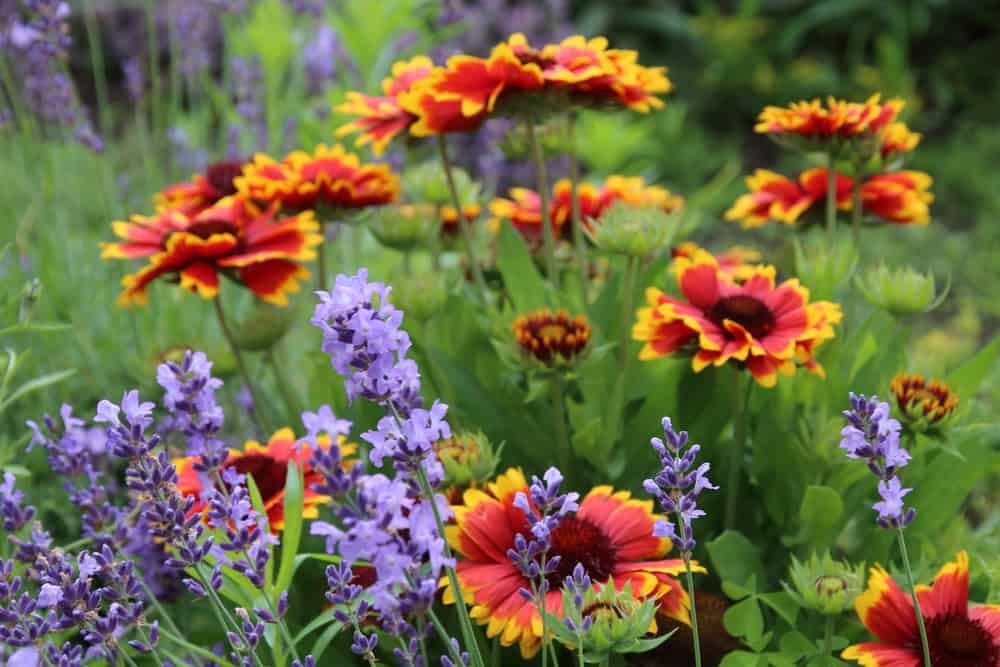
Why They Don’t Mix
Many leafy vegetables prefer consistent moisture and fertile soil. Lavender’s dry, low-nutrient environment is unsuitable for these crops.
Effects of Planting Together
- Lavender may experience root stress due to frequent watering.
- Vegetables may underperform in sandy, dry soil.
- Increased risk of fungal diseases for both plant types.
Best Practice
- Grow moisture-loving vegetables in raised beds or separate garden zones.
- Maintain lavender in arid, well-drained soil away from vegetables.
6. Bluebells and Other Moisture-Loving Bulbs
Why They Don’t Mix
Bluebells and similar spring bulbs require humus-rich, moist soil during their growing season. Lavender, being drought-tolerant, does not thrive under these conditions.
Effects of Planting Together
- Lavender may develop root rot in constantly wet soil.
- Bulbs may suffer in dry soil, leading to weak flowers or failed growth.
- Conflicting watering needs make maintenance difficult.
Best Practice
- Plant moisture-loving bulbs in shaded, well-watered beds.
- Keep lavender in sunny, dry borders to ensure optimal growth for both.
7. Clematis
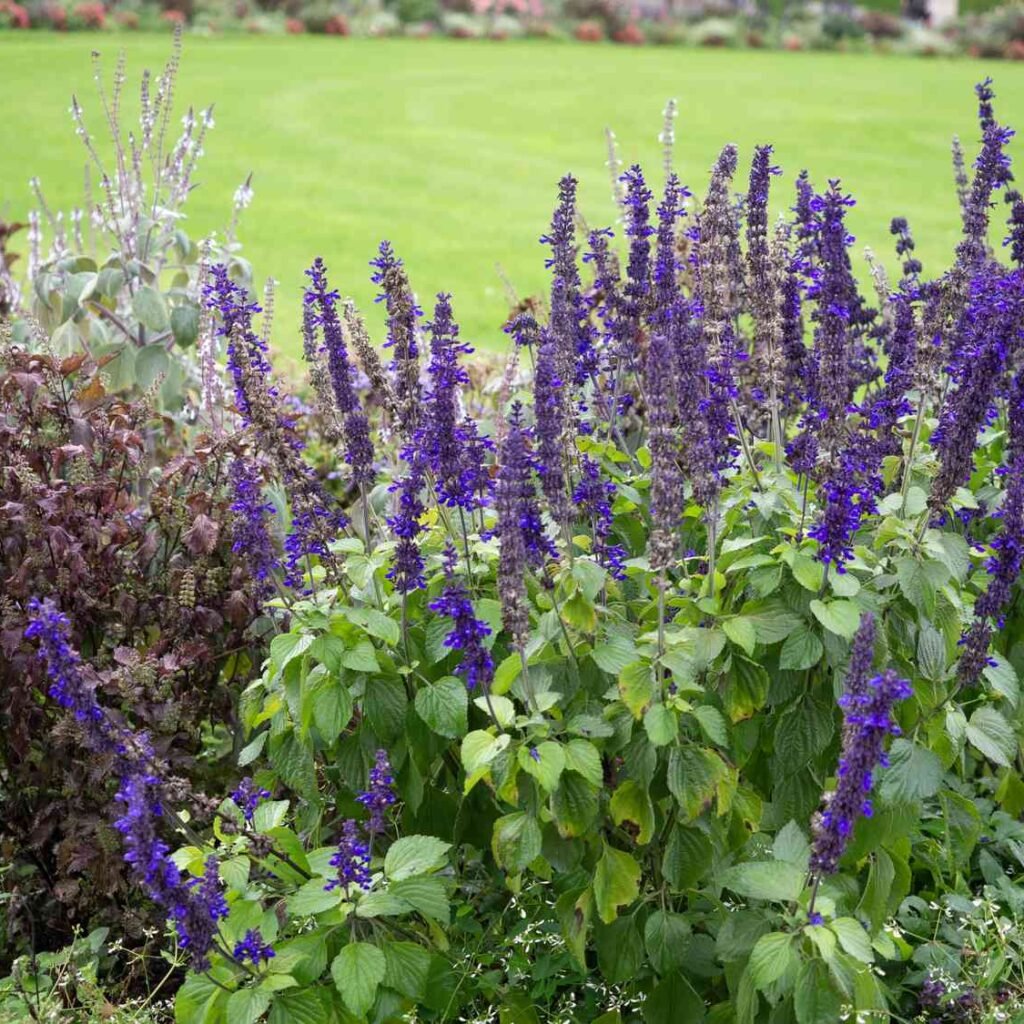
Why They Don’t Mix
Clematis vines generally require cool roots and moist soil, whereas lavender prefers hot, well-drained soil. Planting them together can lead to stress for both species.
Effects of Planting Together
- Lavender may struggle with root crowding and excess moisture.
- Clematis roots may dry out in sandy soil and fail to thrive.
- Competition for nutrients and water leads to poor flowering.
Best Practice
- Plant clematis at the base of other shrubs that provide root shade and moisture.
- Lavender should occupy raised beds or sunny, well-drained areas.
General Guidelines for Planting Near Lavender
- Consider Soil Preferences: Lavender thrives in alkaline, sandy, or loamy soil with good drainage. Avoid pairing with acid-loving or moisture-dependent plants.
- Assess Water Needs: Pair lavender with other drought-tolerant plants such as rosemary, thyme, or ornamental grasses.
- Mind Sunlight Requirements: Lavender loves full sun. Avoid planting near shade-loving species.
- Spacing: Allow ample space for airflow to reduce fungal risks.
- Use Companion Plants Wisely: Good companions for lavender include rosemary, sage, and catmint, which share similar soil and water needs.
Conclusion
Lavender is a versatile and beautiful plant, but its preferences for dry, sunny, and well-drained conditions make it incompatible with several common garden plants. Planting the wrong companions can result in stunted growth, disease, or plant death, and complicate garden maintenance.
The seven plants you should never grow next to lavender are:
- Ferns – moisture and shade lovers.
- Hostas – need consistently damp soil.
- Hydrangeas – water-loving, acidic soil preference.
- Azaleas and Rhododendrons – acid-loving shrubs.
- Moisture-loving vegetables (lettuce, spinach) – frequent watering incompatible.
- Bluebells and similar bulbs – require moist, humus-rich soil.
- Clematis – needs cool, moist roots.
By understanding these incompatibilities and planting lavender with appropriate drought-tolerant companions, gardeners can enjoy a healthy, vibrant, and low-maintenance garden. Proper planning ensures that all plants thrive in their preferred conditions, giving your garden abundant blooms, fragrant aromas, and lasting beauty.
